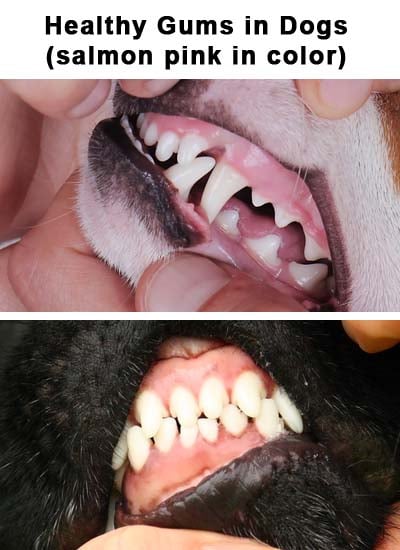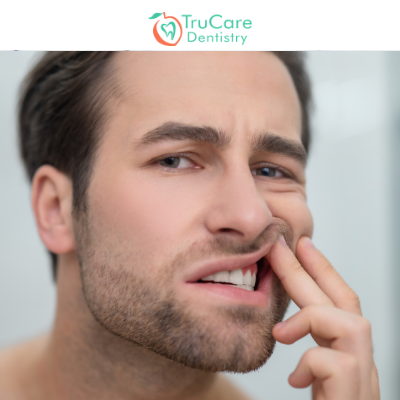Pale Colored Gums

Pale colored gums can be a symptom of various health issues, ranging from mild to severe. Gums, also known as gingiva, play a crucial role in oral health by supporting and protecting the teeth. The normal color of healthy gums is coral pink, which is a result of the dense network of blood vessels beneath the surface. However, when the gums appear pale, it can be an indication of an underlying condition that needs attention.
One of the primary causes of pale gums is anemia, a condition where the body does not have enough red blood cells or the red blood cells do not have enough hemoglobin, a protein that carries oxygen to different parts of the body. Anemia can lead to a decrease in the amount of oxygen being delivered to the tissues, including the gums, resulting in a pale appearance. Other symptoms of anemia include fatigue, weakness, shortness of breath, and pale skin.
Another possible cause of pale gums is vitamin deficiency, particularly a lack of vitamin B12. Vitamin B12 plays a crucial role in the production of red blood cells, and a deficiency can lead to anemia and pale gums. Other signs of vitamin B12 deficiency include fatigue, weakness, numbness or tingling in the hands and feet, and difficulty walking.
Pale gums can also be a symptom of a dental condition known as gingivitis. Gingivitis is an inflammation of the gums caused by the buildup of plaque and bacteria on the teeth. If left untreated, gingivitis can lead to periodontitis, a more severe infection that can cause the gums to pull away from the teeth and lead to tooth loss. Other symptoms of gingivitis include red, swollen, and bleeding gums, bad breath, and sensitive teeth.
In some cases, pale gums can be a symptom of a more severe underlying condition, such as leukemia or lymphoma. These types of cancer can affect the blood and bone marrow, leading to a decrease in the production of red blood cells and platelets, which can cause pale gums, fatigue, weakness, and shortness of breath.
It is essential to consult a healthcare professional if you notice any changes in the color or appearance of your gums. A dentist or a doctor can examine your gums and teeth, take a medical history, and perform diagnostic tests to determine the underlying cause of pale gums. Treatment will depend on the underlying condition and may include iron supplements, vitamin B12 injections, dental cleaning, or medication to treat an underlying infection.
In addition to seeking medical attention, there are several steps you can take to promote healthy gums and prevent pale gums. Practicing good oral hygiene, including brushing and flossing your teeth regularly, can help prevent the buildup of plaque and bacteria that can lead to gingivitis and periodontitis. Eating a balanced diet that includes plenty of fruits, vegetables, and whole grains can provide essential vitamins and minerals, including vitamin B12 and iron, that are necessary for healthy gums. Avoiding tobacco products and limiting alcohol consumption can also help promote healthy gums and overall health.
It's crucial to note that pale gums can be a symptom of an underlying condition that requires medical attention. If you notice any changes in the color or appearance of your gums, it's essential to consult a healthcare professional for proper diagnosis and treatment.
To better understand the relationship between pale gums and underlying health conditions, let’s examine some statistics:
- According to the National Institute of Dental and Craniofacial Research, approximately 80% of adults in the United States have some form of gum disease, ranging from mild gingivitis to severe periodontitis.
- The American Academy of Periodontology reports that gum disease has been linked to an increased risk of heart disease, diabetes, and respiratory infections.
- A study published in the Journal of Periodontology found that patients with vitamin B12 deficiency were more likely to have pale gums and other oral health issues.
These statistics highlight the importance of maintaining good oral health and seeking medical attention if you notice any changes in the color or appearance of your gums.
Steps to Promote Healthy Gums
- Practice good oral hygiene, including brushing and flossing your teeth regularly.
- Eat a balanced diet that includes plenty of fruits, vegetables, and whole grains.
- Avoid tobacco products and limit alcohol consumption.
- Visit your dentist regularly for check-ups and cleanings.
- Consider taking iron and vitamin B12 supplements if you have a deficiency.
In conclusion, pale colored gums can be a symptom of various health issues, ranging from mild to severe. It’s essential to consult a healthcare professional if you notice any changes in the color or appearance of your gums. By practicing good oral hygiene, eating a balanced diet, and seeking medical attention when necessary, you can promote healthy gums and overall health.
What are the causes of pale gums?
+Pale gums can be caused by anemia, vitamin deficiency, gingivitis, and other underlying health conditions.
How can I promote healthy gums?
+Practicing good oral hygiene, eating a balanced diet, avoiding tobacco products, and visiting your dentist regularly can help promote healthy gums.
What are the symptoms of anemia?
+Symptoms of anemia include fatigue, weakness, shortness of breath, pale skin, and pale gums.
It’s essential to remember that pale gums can be a symptom of an underlying health condition that requires medical attention. By seeking medical care and practicing good oral hygiene, you can promote healthy gums and overall health.

